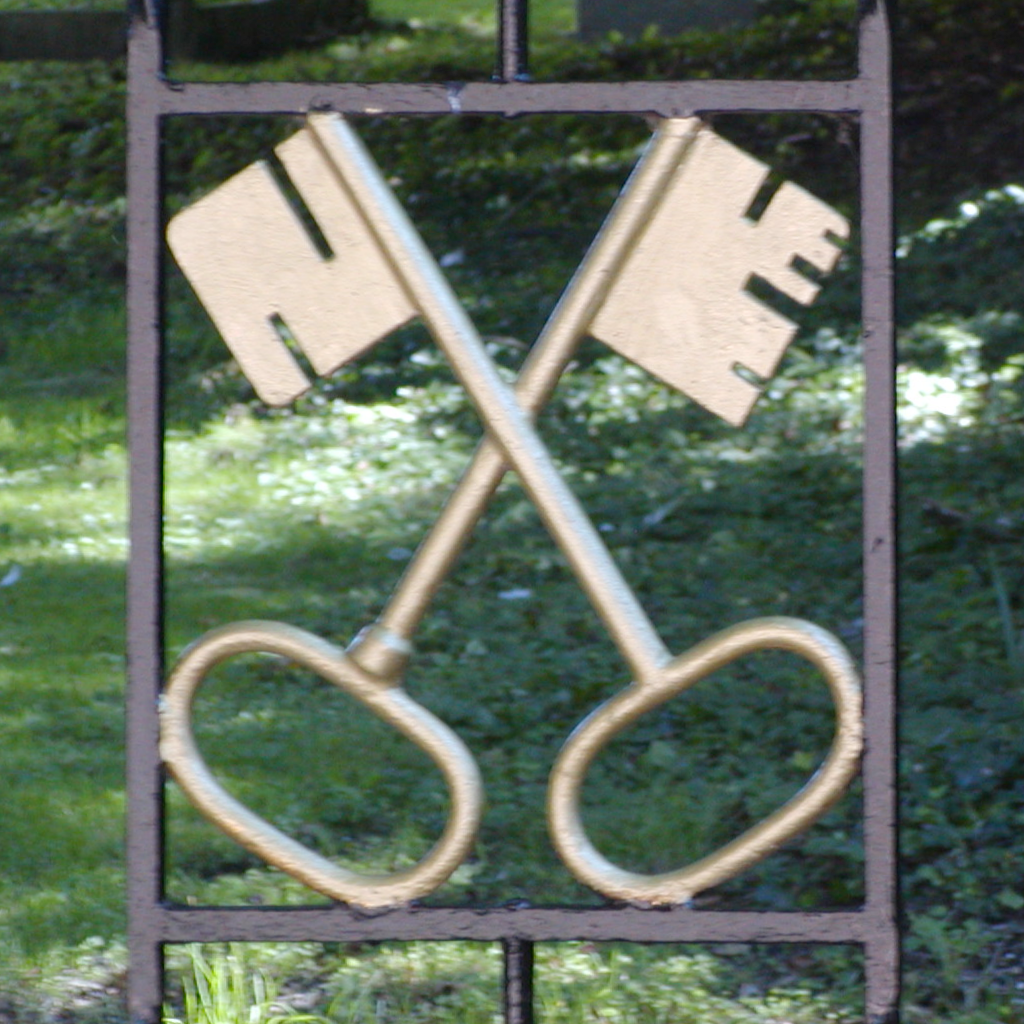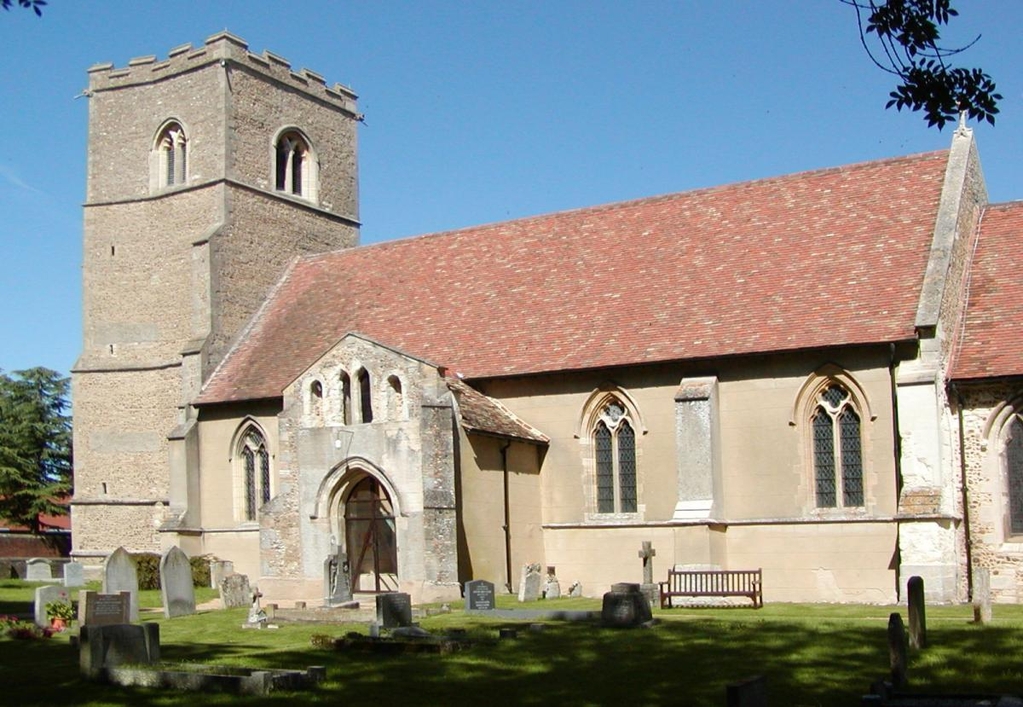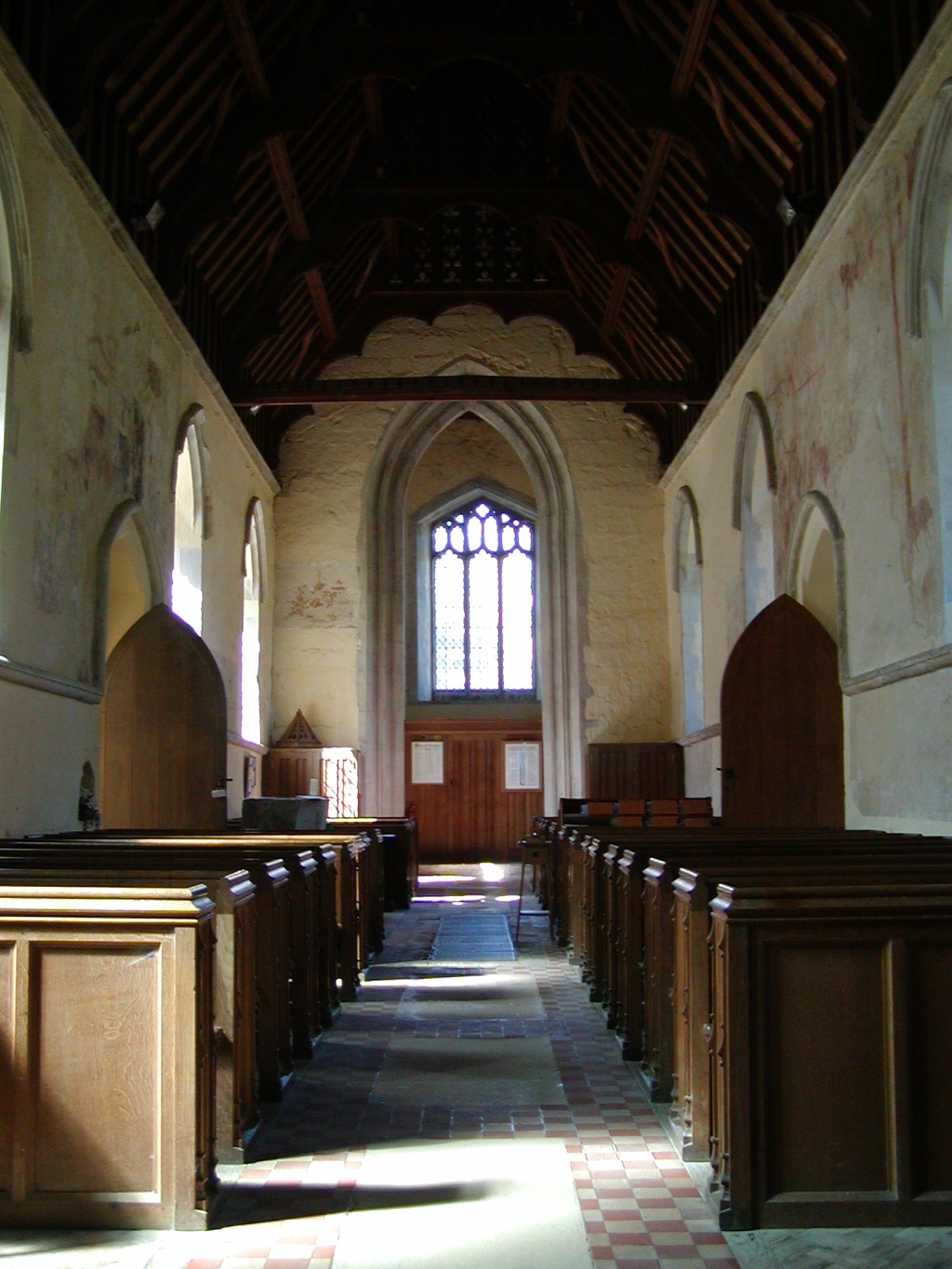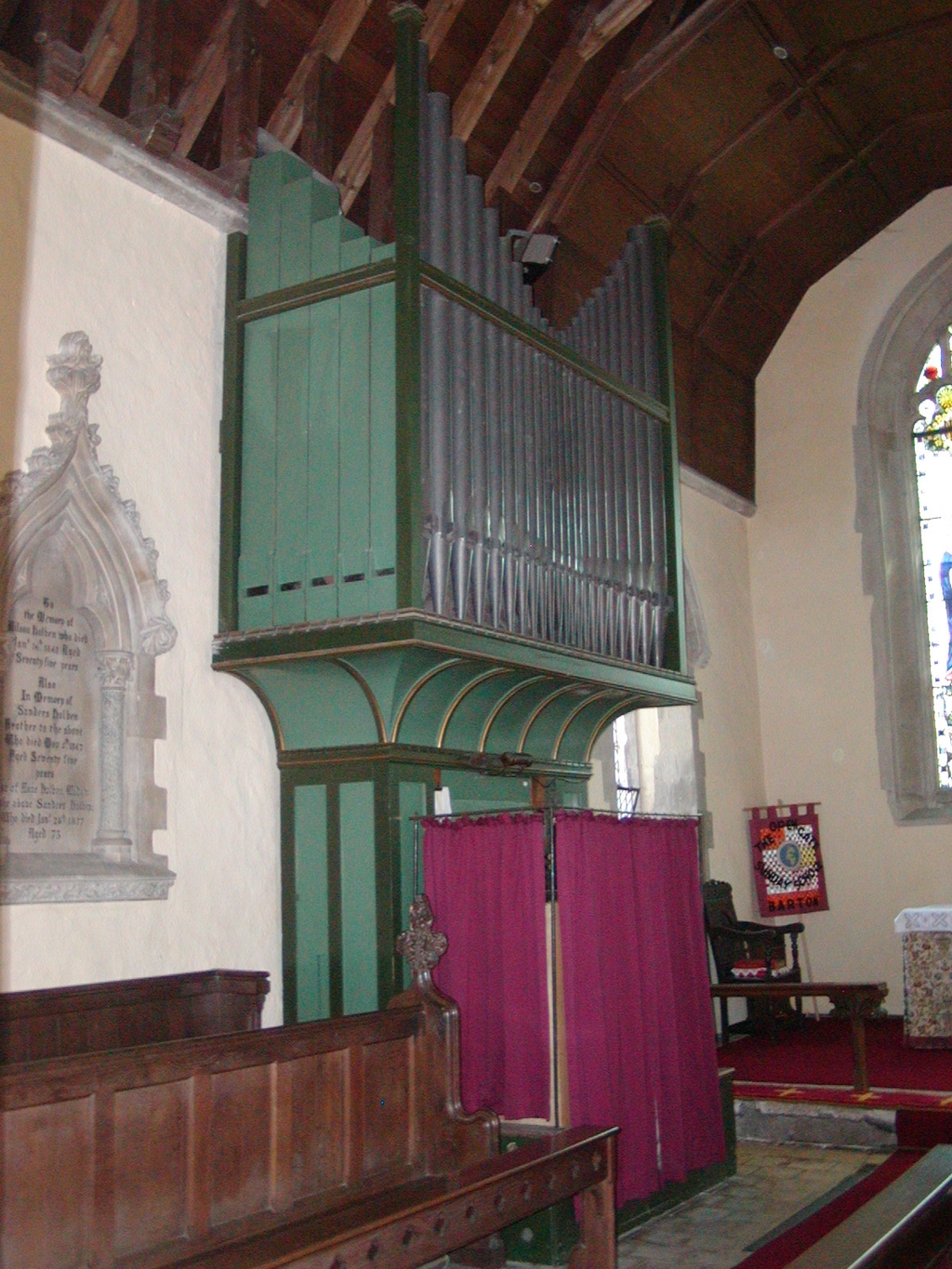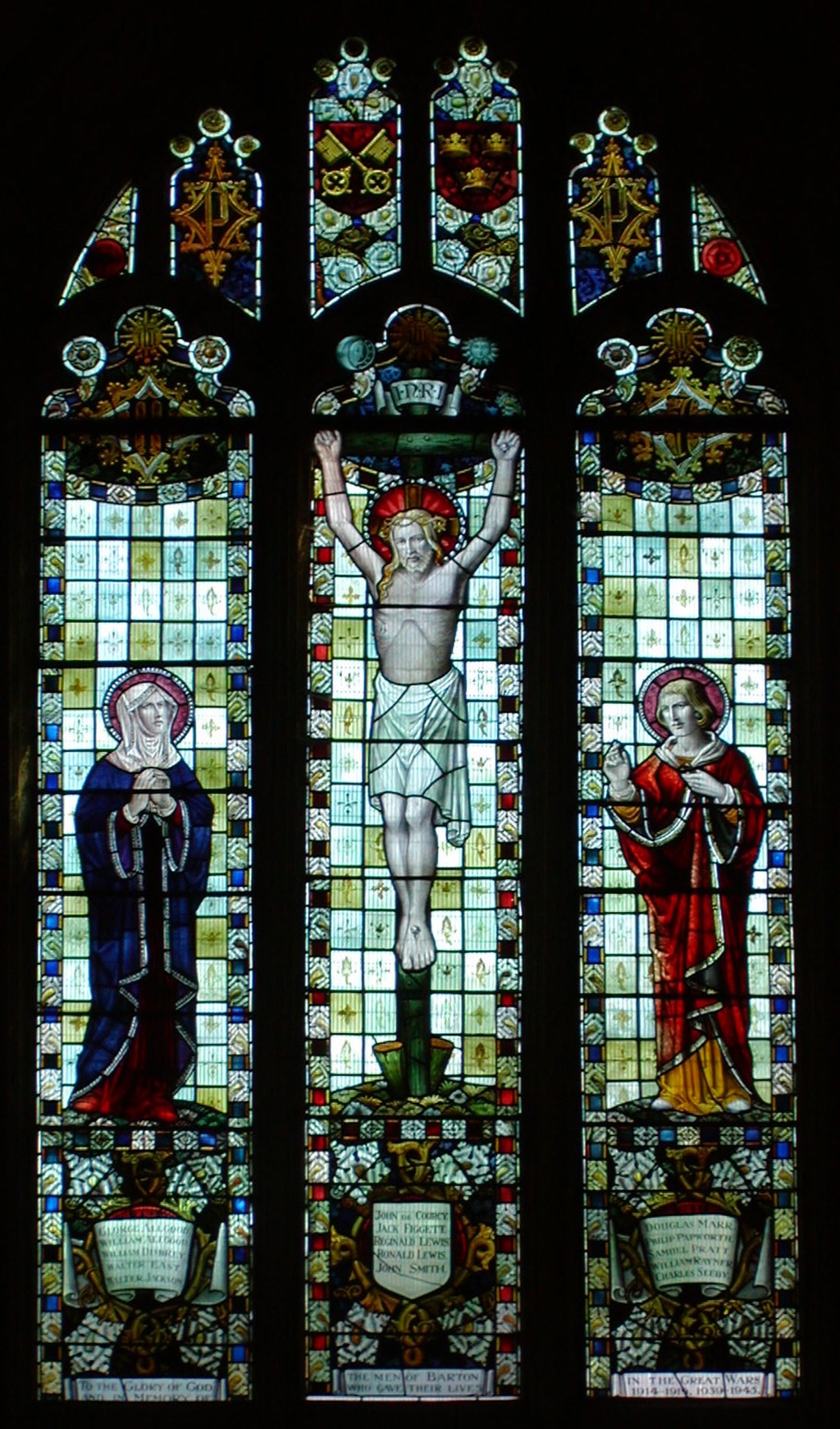The doorway in the south wall of the Chancel dates from the 12th century, but the Church as we know it today was built in the late 13th to the early 14th centuries. This was a time of great prosperity for the Cambridge region, drawing on rich agriculture and long-distance commercial activity. The Bishop of Ely held significant authority, and the diocese attracted institutions representing a range of theological and religious perspectives. These institutions provided services to farmers, peasants, merchants, financiers, artisans, craftsmen, pilgrims, and students with varied needs. The market town featured numerous churches, religious institutions, hospitals, educational establishments, and a University that possessed corporate status under English law and was recognised by the Papacy; its influence extended internationally.
Barton Church, like others in the surrounding villages, was symbolic of this wealth and religious enthusiasm. The walls of the nave were decorated with paintings of high quality. There has been much discussion of their iconography (an extensive archive is held in the Courtauld Institute of Art), and a recognition that they may have been touched up and changed over time. They include representations of saints particularly associated with healing and salvation: the Virgin Mary, St Martin, St Francis, St Anthony Abbot, St Christopher, and St Eligius among them.
Of particular interest, though, is the portrait of St Thomas Cantilupe on the north wall to the west of the doorway. He served as Bishop of Hereford from 1275 to 1282, making significant contributions to English politics and holding a prominent role within Papal government in Western Europe. He died in Italy and as his bones were being returned to England reports began to circulate about the miracles he performed. After a prolonged enquiry, Thomas was canonised in 1320 and became as popular as St Thomas a Becket, the focus of devotion and pilgrimage. Barton Church has one of the few surviving medieval images of Thomas Cantilupe. His presence on the wall supports the view that the construction of the nave was completed in the 1320s-1330s. The Tower that completes the west end of the building dates from the end of the 14th century.
The wall paintings were covered over during the Reformation period, and stained glass removed during the high-water mark of Puritanism in the 17th century, giving the Church an entirely different feel. No significant changes took place until 19th century evangelising movements, when the nave roof was replaced and restoration of the building occurred in the 1880s. The course of this work revealed the possible existence of the paintings. An effort to uncover them began in the late 1920s which culminated in a major project of restoration and conservation in the late 1980s and 1990s.
More information about the building and its paintings is available in the Church.
